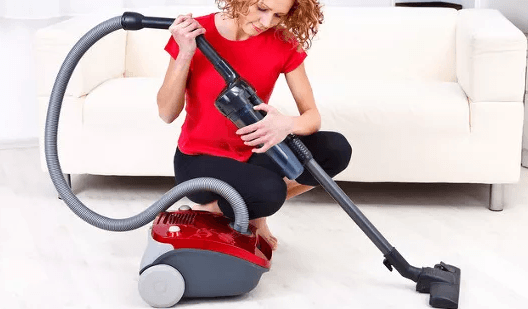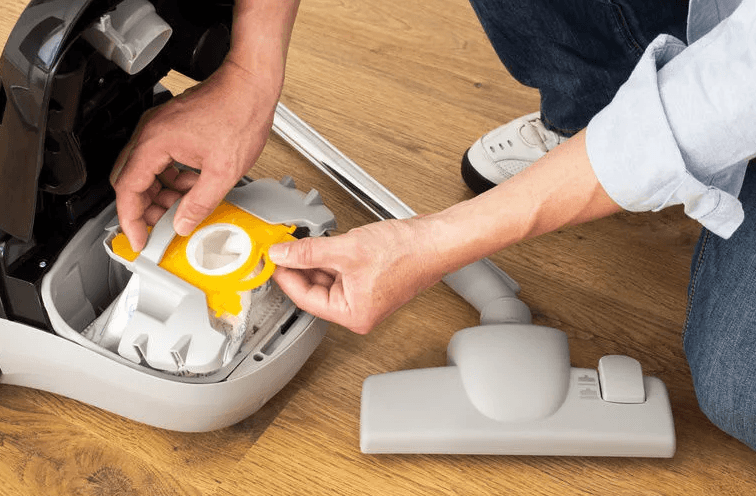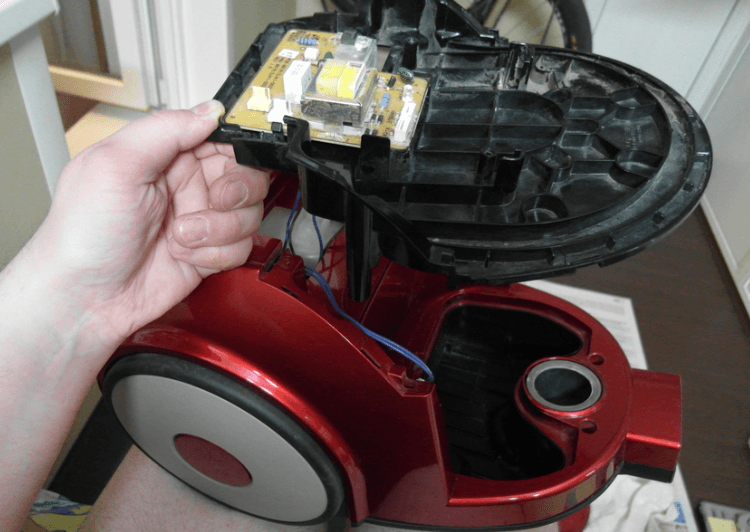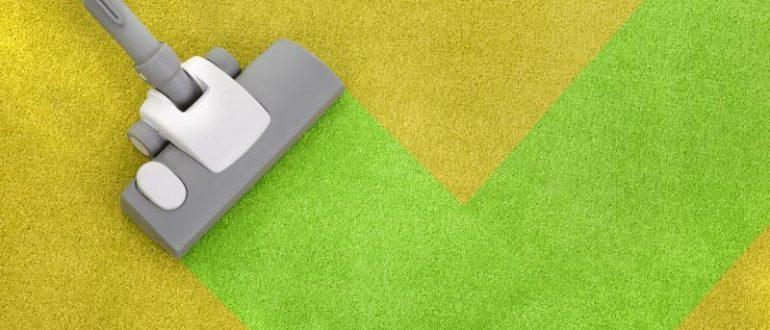A clean home is necessary not only to provide a cozy environment, but also to take care of your health. And a vacuum cleaner is considered the best assistant when cleaning premises. Such household appliances are divided into categories, but their main task is one - to remove dust and debris. Alas, achieving the desired result is impossible if the vacuum cleaner does not suck well.
There may be several reasons for this problem, and each of them requires its own solution. You will learn more about all possible malfunctions and ways to eliminate them from this material. The main thing is not to forget about accuracy, especially if the equipment is still under warranty.
Content
The vacuum cleaner does not suck up dust well - possible causes
If the vacuum cleaner does not work well and does not suck in debris, then the problem is usually caused by:
- Overfilling the dust container. Remember to periodically clean the container, if your model has one, or replace the disposable bags promptly. The latter are consumable components and must be purchased separately.
- Clogged filter. Depending on the degree of wear and material of the components, they can either be cleaned or replaced. The first option is mainly suitable for new devices. If the technique has been working for a long time, then, most likely, it is necessary to buy another filter, or to clean it.
- Breakdown of components. A cracked hose and a damaged brush can significantly reduce the suction power. In this case, the broken parts just need to be replaced.
The last and most serious problem is related to the engine, but unfortunately it will not always be possible to eliminate it.
Checking the dust bin and filters

Most modern models have a special indicator on the body that notifies of the fullness of the dust container. If your technique does not provide it, then do not forget to periodically check the bag / container yourself. At the same time, keep in mind that some vacuum cleaners begin to suck up dust poorly already when 70% of the bag is filled, and sometimes in such situations, the traction disappears altogether.
As for the filters, there are two of them in the vacuum cleaner:
- Fine cleaning. Located in front of the engine (usually at the rear). It must be cleaned regularly, for which you need to pull out the part and rinse under running water (carefully read the instructions before cleaning the filter). If this does not help, then you should purchase a new part.
- Exhaust filter. Does not require cleaning, but needs to be replaced every 50 hours of device operation. If you do not change the exhaust filter for a long time, it will become clogged and the quality of traction will significantly deteriorate.
Component inspection

If the vacuum cleaner still does not pick up and suck up debris well, then check its components. First check the integrity of the hose and its connection to the brush and body. If there is damage somewhere or the hose does not fit snugly against the vacuum cleaner, this can impair traction.
Important! When replacing parts, ensure that they are connected correctly. Sometimes users complain that after the repair, the vacuum cleaner does not suck in, but blows out the dust. This problem is always associated with the wrong location of the components.
Also inspect the attachments. Please note that the reason for poor traction may lie not only in their breakdown, but also in clogging. Low-quality turbo brushes can also affect the quality of cleaning.If the brush does not rotate in them, then it is worth discarding such a nozzle and buying a new one.
Engine malfunction

If you touch the body of the device and notice that it noticeably heats up or has an unpleasant burning smell, then this most likely indicates a malfunction of the motor.
However, this is not the only signal indicating a problem with the engine. For example, when the vacuum cleaner does not suck in and turns off, then the first thing to consider is the breakdown of the motor.
Important! If you do not have the necessary knowledge and tools, then it is not recommended to undertake engine repairs yourself. It is better to give the technique to specialists who will quickly fix the malfunction.
To understand the cause of the breakdown, you need to remove the cover and ring all sections of the circuit with a multimeter. You should start with a fuse, because usually vacuum cleaners with a water filter and classic models do not suck well due to its malfunction. If the fear is confirmed, then take a new part and solder it instead of the burnt one. When the problem is related to a damaged winding, it is better to buy a new vacuum cleaner, since repairing the equipment in this case is impractical due to the high cost.
Conclusion
If the vacuum cleaner does not suck well, then it is not necessary to immediately run with it to the service center. Even a child can eliminate most of the problems with this technique. To do this, you need to follow the instructions given, which will allow the vacuum cleaner to work again and keep it for a long time.



